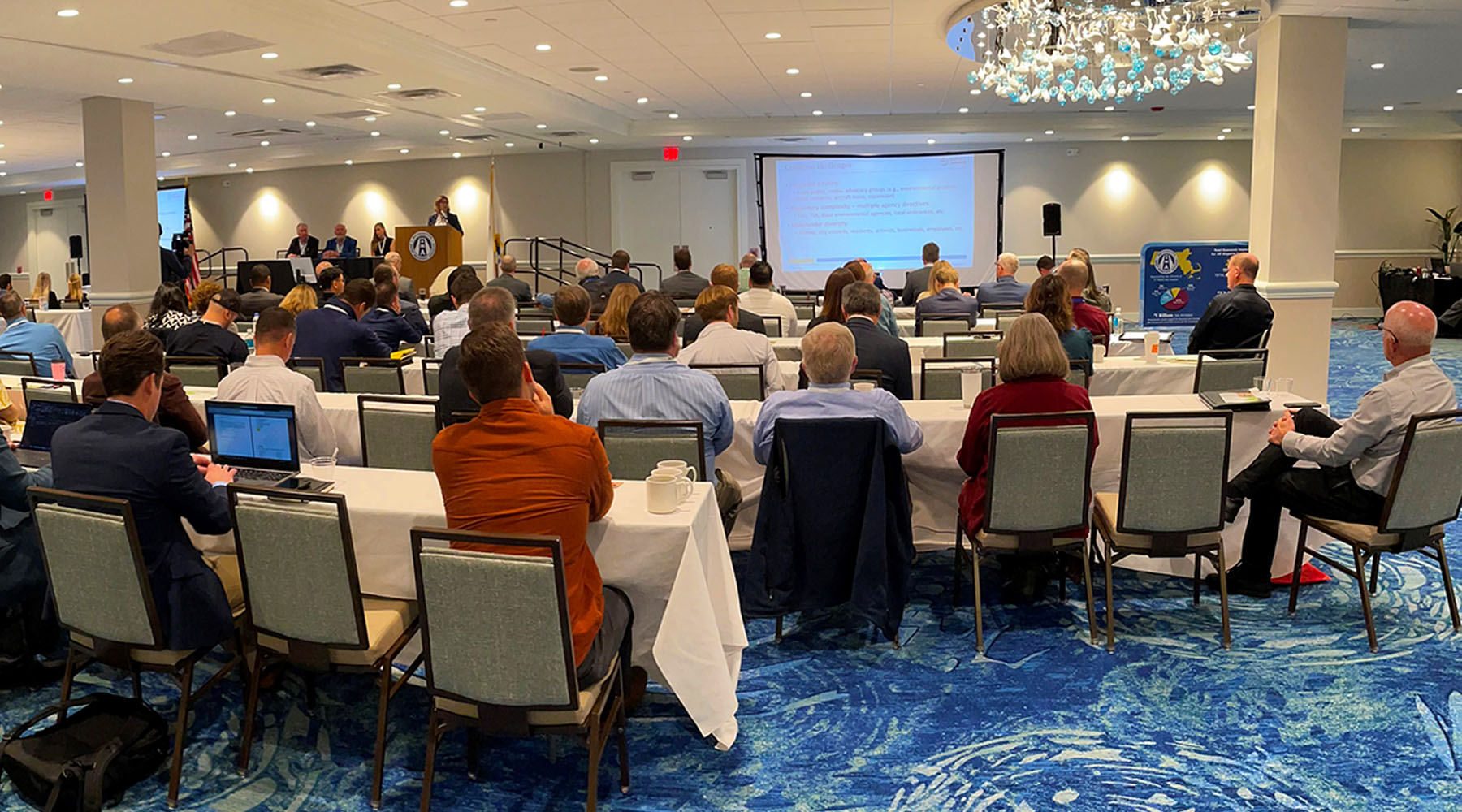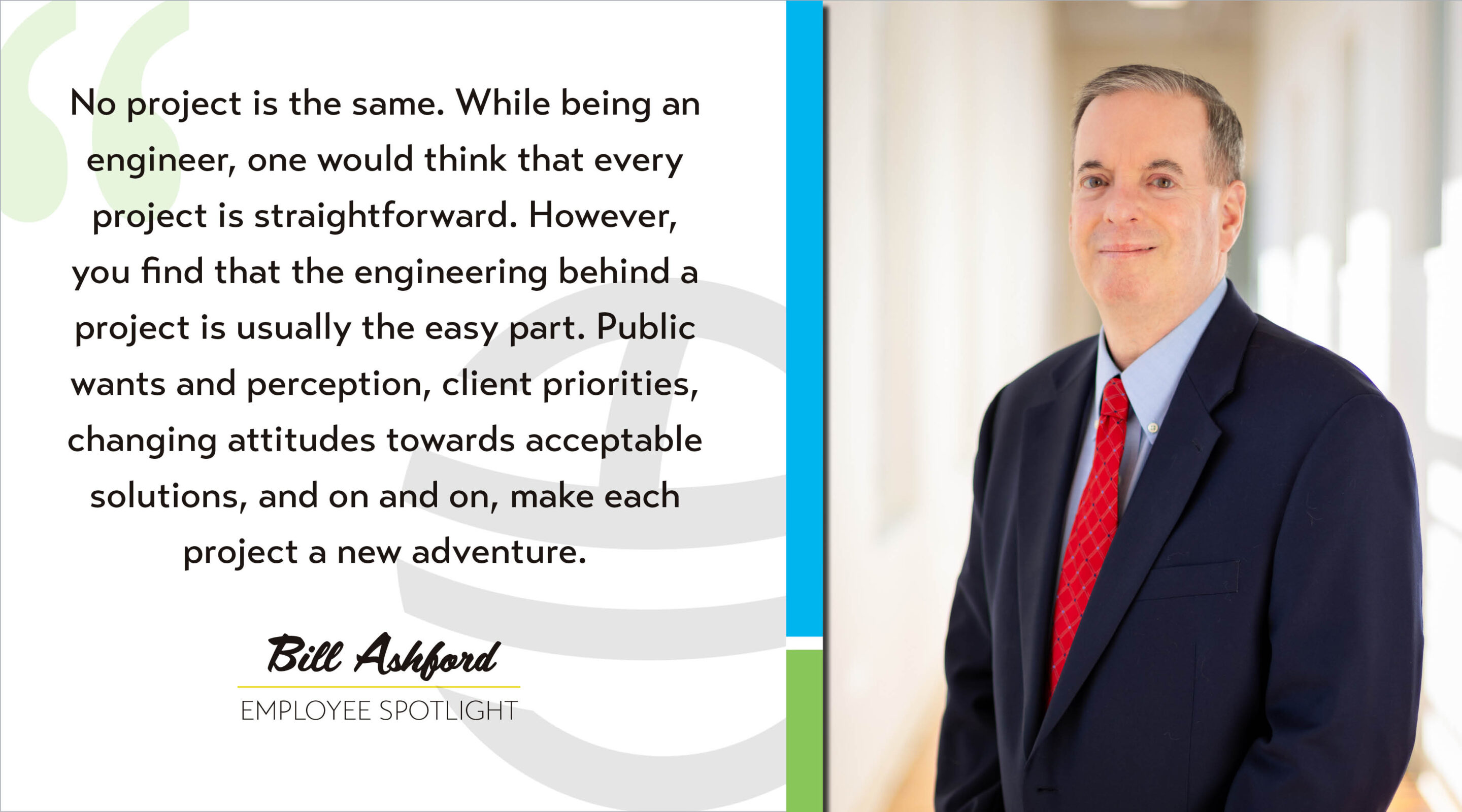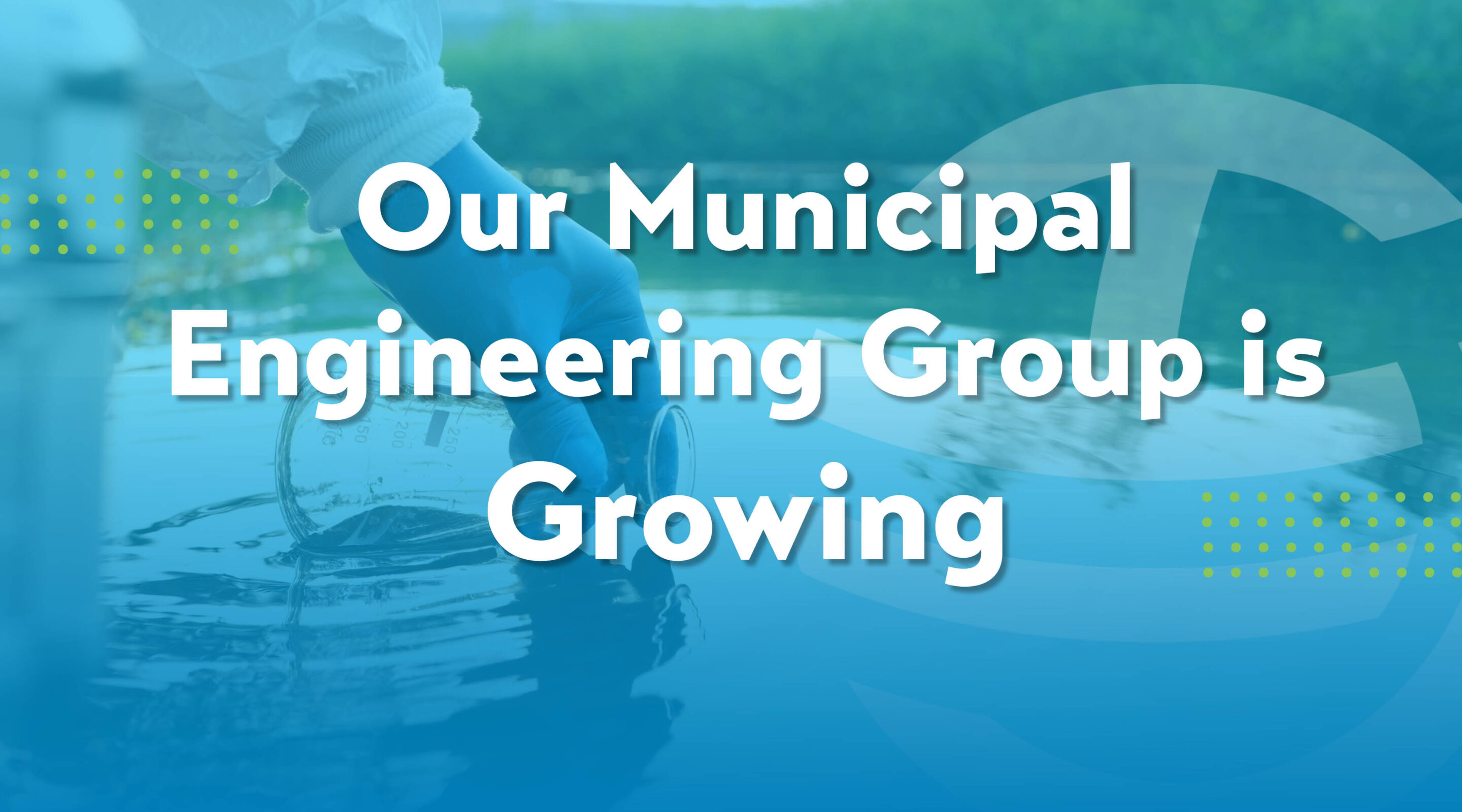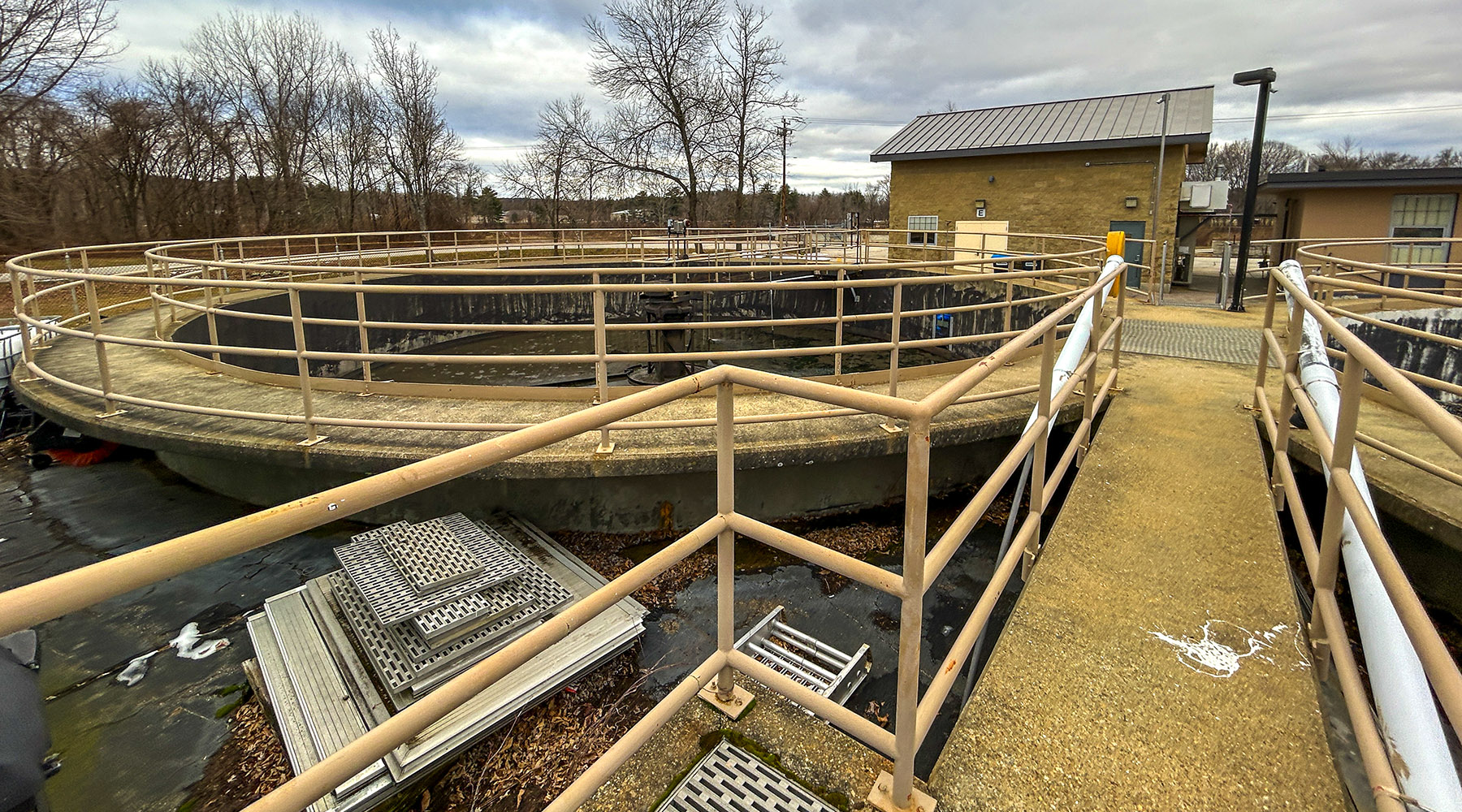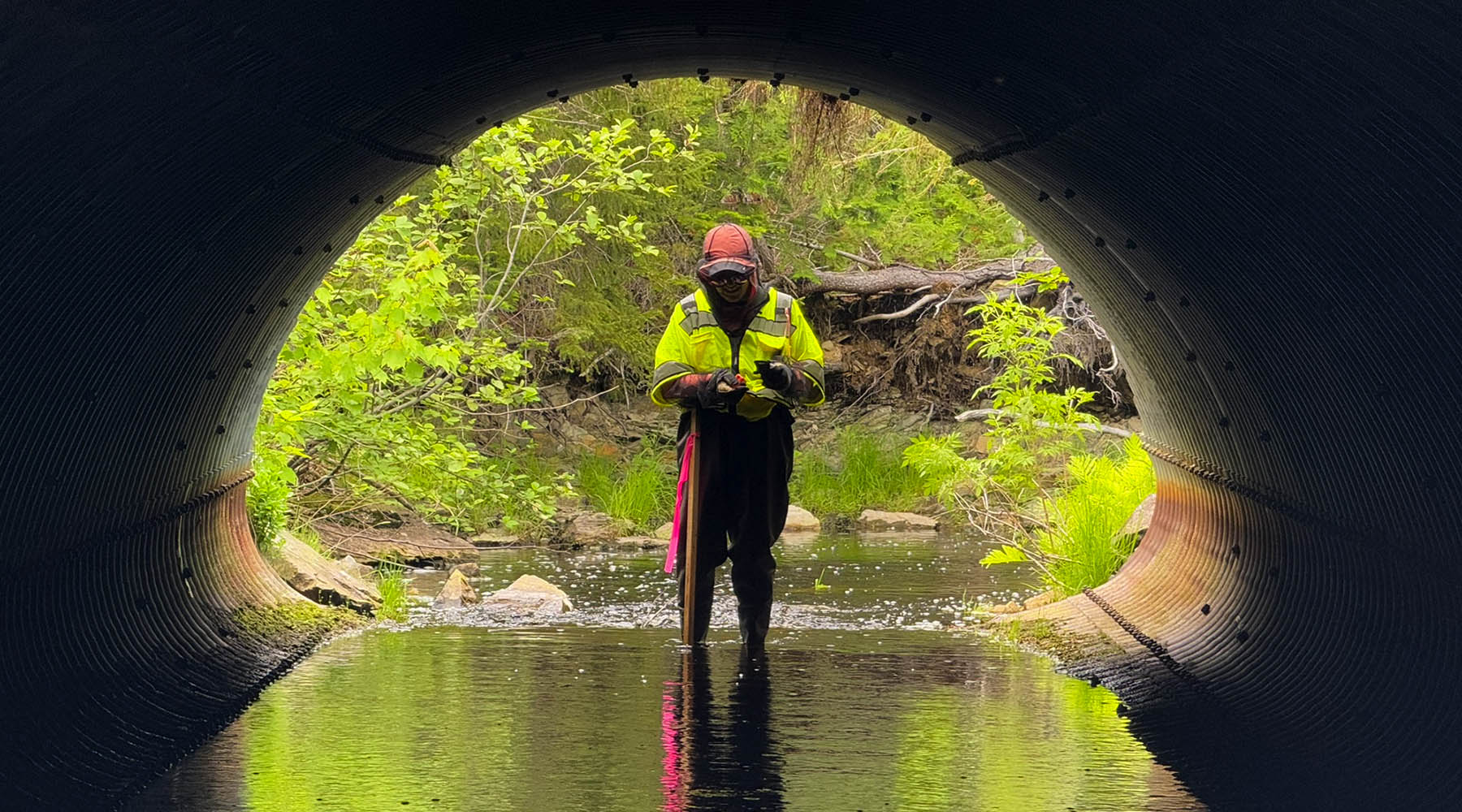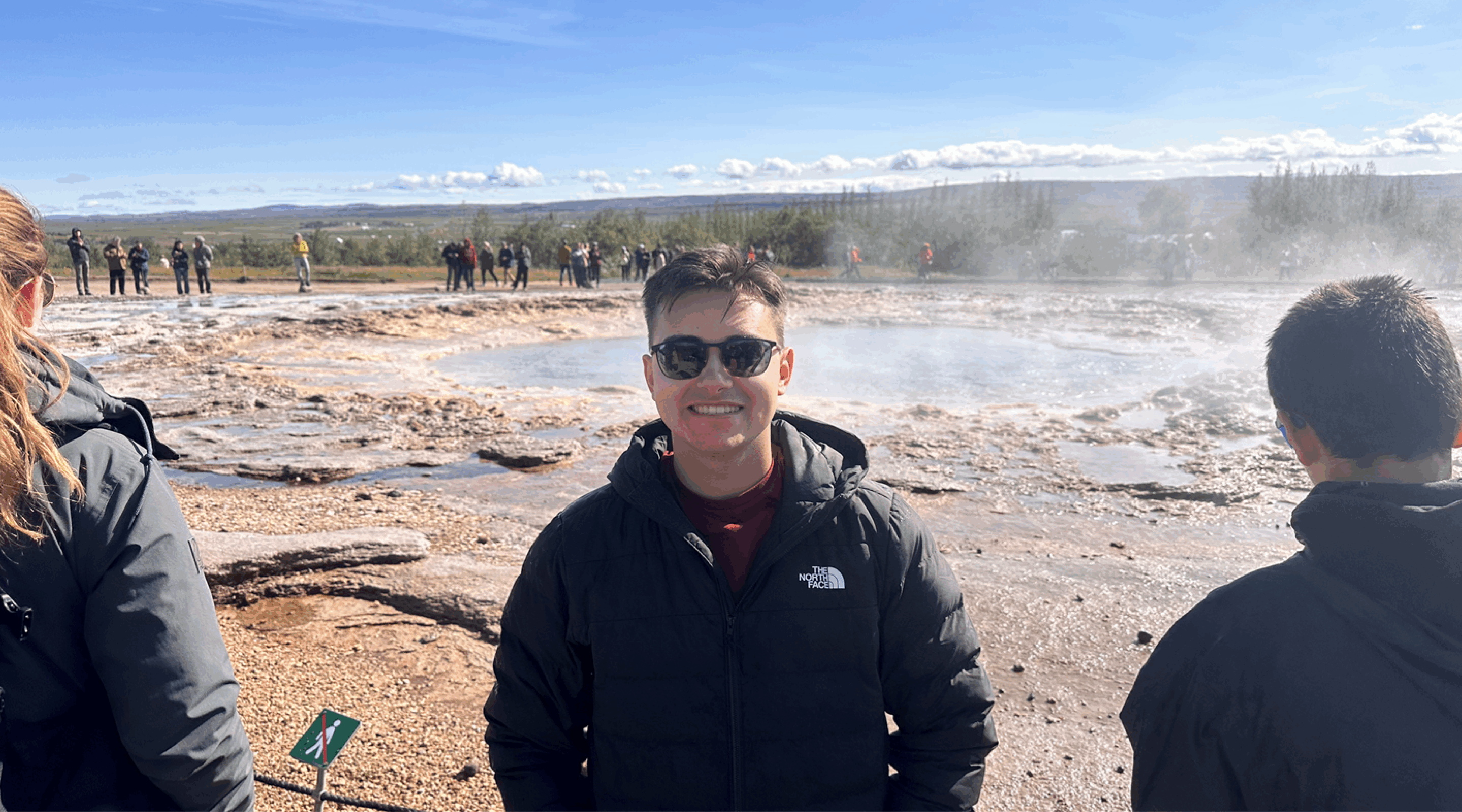When pavement on an airport starts to deteriorate, the effects can be seen on the surface. But as any New Englander can attest to, especially during spring pothole season—pavement failure isn’t just visible. Frost heaves and subsurface weakening can create bumps and cracks that make the damage felt beneath the asphalt surface. In all pavement design, the gravel beneath asphalt and concrete are just as important as the top pavement layer and a costly part of the overall system.
In 2023, the Town of Lincoln – in cooperation with the Maine Department of Transportation (MaineDOT) and Federal Aviation Administration (FAA) – decided to rehabilitate the existing aircraft parking ramp which had seen over 30 years of continual use.
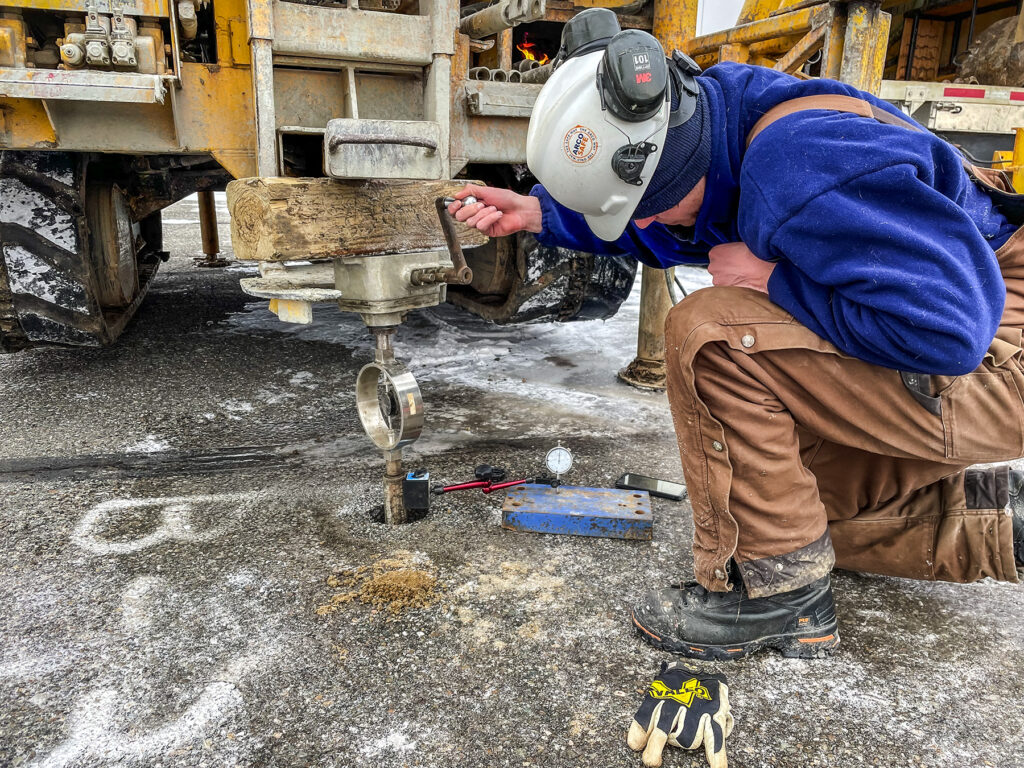
Hoyle Tanner decided to reuse the gravel beneath the asphalt to avoid massive excavation and material trucking. To confirm if the materials would be suitable for a full depth reclamation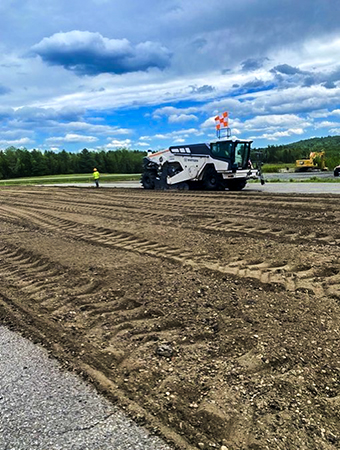
Hoyle Tanner was able to deliver the design through careful material testing, cost-benefit analysis, and alternative design methods.

The technical aspects of the project included testing for sub-surface material strength, gradation tolerances, and moisture and asphalt content percentages. The grading design was then modified to account for the predicted material density change, and to reshape the site to accommodate the re-use of all the material.
Our team continues to assist clients in their mission to reduce carbon footprints by utilizing alternative design methods wherever material specifications and project requirements can align. Contact Chris Singer, one of the airport engineers for this project, for more information on how we can assist.



